Whether you are new to the Bible or have been familiar with its content for a while doesn’t matter – it can still be confusing. Learning how to understand the Bible for beginners can be quite daunting. Which translation should I use? Where should I start? How am I supposed to understand it when it is in such a different cultural setting?
How to Understand the Bible for Beginners
As Christians, we believe that the Bible is God’s Word. We want to read it to learn more about him and more about what he has to say to us. We want to deepen our relationship with him, praise him and receive guidance from him. The problem is that The Bible is not always easy to understand.
Why is it important to know how to understand the Bible?
If you want to get to know someone better, you need to spend time with them. Spending time in God’s Word is how we get to know God better.
We need to know how to understand the Bible in order to get to know God and his message to us. If we don’t learn to understand, or interpret, the Scriptures then we open ourselves up to misinterpreting the text. This can lead to lots of problems and confusion for an individual or even a whole congregation or denomination.
Why is the Bible difficult to understand?
As a beginner to reading the bible, we face several stumbling blocks that make understanding the Bible difficult. I have grouped these into three main reasons:
- How the Bible was written
- How the Bible is structured
- How we read the Bible
How to Understand the Bible Through the way it is Written
Understanding the Biblical content and the way it was written is very important in understanding the Bible. There are a number of things to consider when thinking about how it was written.
How to understand the Bible’s Language
The Bible was written mainly in Hebrew (the Old Testament) and Greek (the New Testament) as well as small sections in Aramaic. Thankfully we have a great number of translations into English that we can use if we don’t understand these languages! Some versions are easier to understand than others.
Different versions range from literal translations of the original language to paraphrases that might use different words but keep the meaning. I like to use the Christian Standard Bible for reading as it is easy to read, and the English Standard Version for studying, as it is more literal. Take a look at my post on the Best Bible Translations to find out which version is best for you.
I also recommend looking at other translations to give you different perspectives and help you understand the meaning. On-line bibles like biblegateway.com are great for this.
Since it is not written in English we often have to deal with unpronounceable names of people and places. Bible dictionaries and maps can be good resources in helping us to put these people and places in context.
How to understand the Bible’s Historical and Cultural Setting
The Bible was written thousands of years ago to (and about) people who lived in vastly different settings than most of us today. They had different concepts of family, community, kingship, war, religion, and many other areas. When we read the accounts, we can often miss some of the meaning, or even get it wrong entirely.
Here are some questions to consider about the historical context:
- Who wrote this book of the Bible?
- Who was the intended audience?
- When was it written?
- What was the political, social and economical climate?
- What was the author’s purpose in writing the book?
- What are the main themes of the book?
Most Study Bibles will have an overview page at the start of each book of the Bible which will answer most of these questions. It is a good idea to read this before beginning a study of any book of the Bible. You can also find great video overviews at bibleproject.com. The footnotes of your Study Bible should also give you some insight into the historical or cultural context.
How to understand the Bible’s different genre
When we are reading a newspaper, legal document, biography, poem, or novel we read them in different ways to help us to understand the author’s intent.
The Bible is also made up of different styles of writing, or genre. Some of it is historical, some is laws, some is poetry, some is letters.
To know how to read and understand the bible we need to know how to read each different genre, so we don’t misunderstand its intent.
- If we are reading a Gospel, we need to remember that its purpose is to tell us about Jesus and his ministry.
- If we are reading a historical narrative, we need to remember that the events are not necessarily a good example of how to live. We might have to dig a little deeper to get an application.
- If we are reading poetry or prophecy, we need to remember that the language might be figurative and should not be taken literally.
- If we are reading an Epistle, then the instructions might be more explicit, but we need to be aware of the purpose and originally intended audience of the letter.
How To Understand the Bible through the Way it is Structured
How to understand the Books of the Bible
The Bible is made up of two testaments: The Old Testament tells the accounts of Creation, the flood, and the Israelite nation; and The New Testament tells the accounts of Jesus and the early church. Each testament is made up of various books of the Bible.
How to understand the Bible’s Timeline
The events of the Bible begin with creation and go up to about AD 60, covering a lot of events in between. It can be difficult to place the events in their time frames (or appreciate the passage of time) when we don’t read the Bible in chronological order.
A Bible timeline or outline is helpful for helping us to understand the biblical timeframe and put people and events in their historical context.
We learn how to understand the Bible by Reading It!
The best way to learn about the Bible is to read it, but how we do this can also be one of the reasons why it is so difficult! It is not just the way the Bible is written that makes it difficult to understand – we must take some of the blame too!
Our human, sinful nature is also a barrier to understanding the Bible
When it comes to reading the Bible, we can often get distracted, bored, or lazy. We don’t value God’s Word like we should and don’t put in the effort to understand it. When we are challenged by what we read we choose to dismiss it rather than trying to work out what it means and taking it on board.
We grow in our understanding of the Bible when we focus on the whole story, not small snippets
We might want to read some verses from one part of the Bible and then find other verses from another part if we are looking at a certain theme. Some of my Bible Reading Plans follow this method. However, if we want to understand the whole story of the Bible we will need to use a different method.
To understand the Bible better we need to know where the story or events fit within the context of the whole Bible. This is known as the Biblical Context.
If you are reading through a book of the Bible you will begin to see how the different events relate to each other. Having a glance at the passages before and after can be helpful to see how they are connected and if there is a unifying theme. The footnotes and concordance in your Study Bible can also help you to find other verses and passages to help with your understanding.
As well as knowing how the events fit together, we also need to remember the ‘big picture’ if we want to understand the Bible better.
The ‘big picture’ (also referred to as the meta-narrative) is the main story or theme of the Bible: God’s grace shown through Jesus Christ.
All the events and accounts in the Bible fall somewhere in the pattern of the Biblical message:
- Creation – a beginning
- Fall – people are tempted and fail to meet God’s standards, evil is present
- Redemption – Turning from your sin and returning to God
- Recreation – starting afresh, born again, living a new life
And all these stages point to Jesus.
If we keep that in mind, we will not go off course in our Biblical interpretation or wonder what God is saying to us – because some parts of the Bible are pretty grim and hard to read! If we did not realise that those dark passages are pointing us to our need for Jesus, we could get downhearted.
You can find some tips to help you read the Bible in my post How to Study the Bible for Beginners
Look to others to help you understand the Bible
Trying to understand the Bible as a new believer can be very confusing and you might get off-track with your thinking. Therefore, it is especially important to turn to other people to help you with your understanding.
First, get your hands on some research material. As I have already said, a good Study Bible is a great place to start. Then you could get a Bible Study to follow or a Bible Handbook. Don’t worry, you don’t have to spend a fortune, there are some great resources available online. Try referring to the commentaries and footnotes linked to the passages on biblegateway.com or the blueletterbible.org. You can also check out my recommended Bible Study Apps
Here are some books on how to understand the Bible for beginners.
This post contains affiliate links, which means that for each purchase made I receive a small contribution at no extra cost to you. For more information please see my policies page.
Ask people too!
I would recommend joining a homegroup or Bible Study Class and asking your group leader or pastor if you have any questions or difficulty understanding the Bible.
Learning the Bible with other people and using other resources will help you to make sure you are not misunderstanding the Scriptures.
Keep learning how to understand the Bible
As you keep reading the Bible, praying for wisdom and checking your interpretation with others you will deepen your understanding of the Bible.
Then keep going!
One thing I love about the Bible is that we will never stop learning from it. When in a bible study group with new Christians and mature Christians we all learn together from reading and studying Scripture. This should keep us hungry and thirsty for his word.
Why do you think the Bible is difficult to understand?
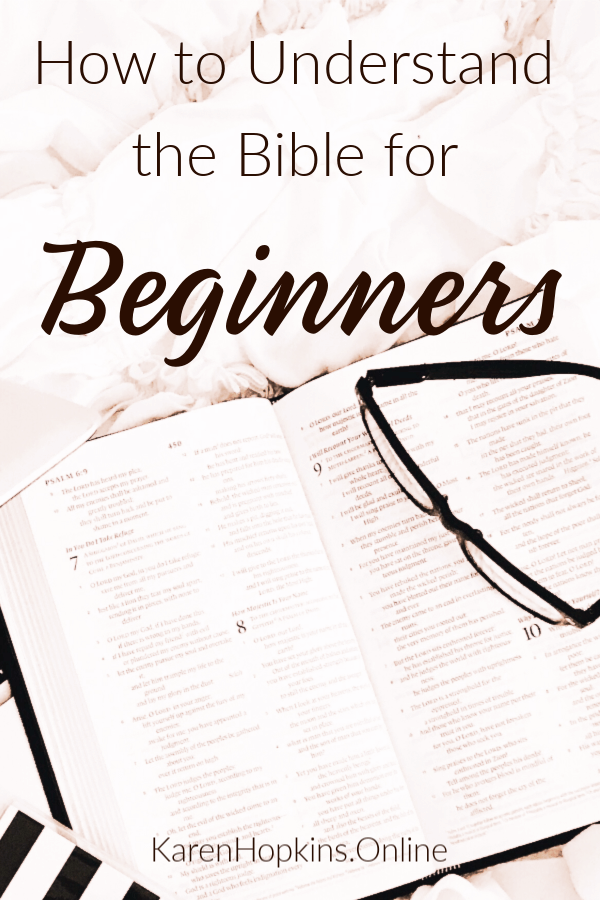








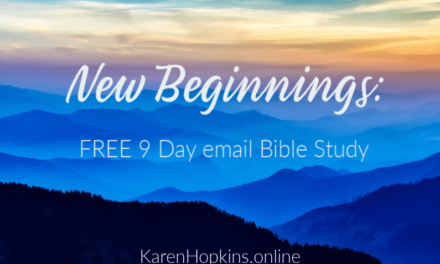


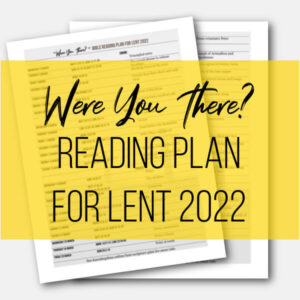
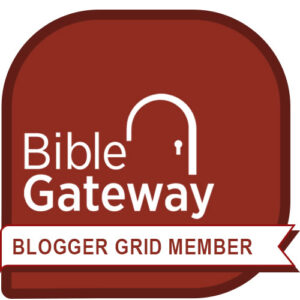
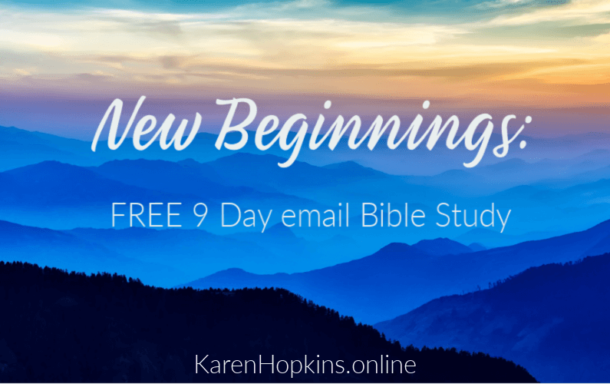
Trackbacks/Pingbacks